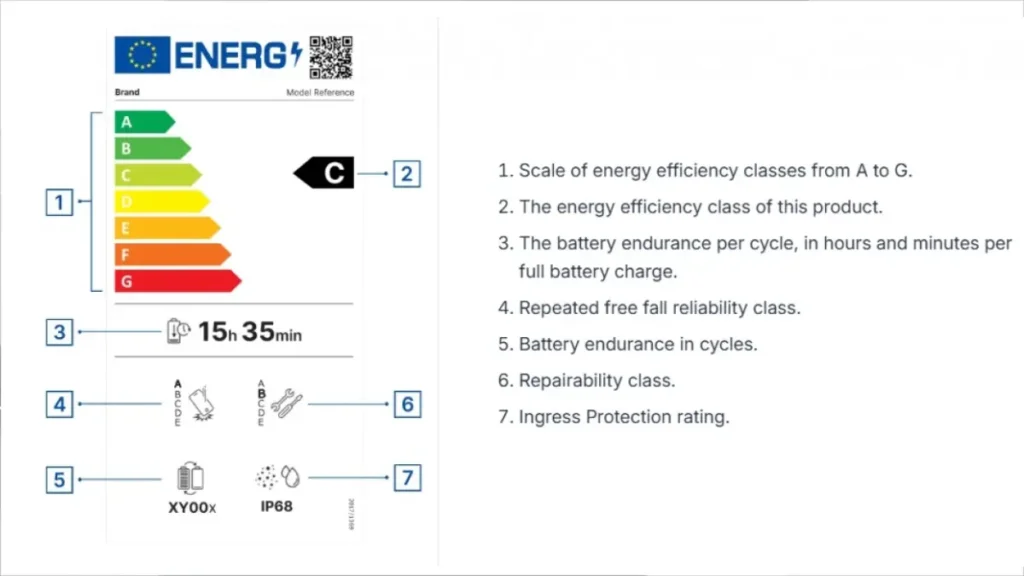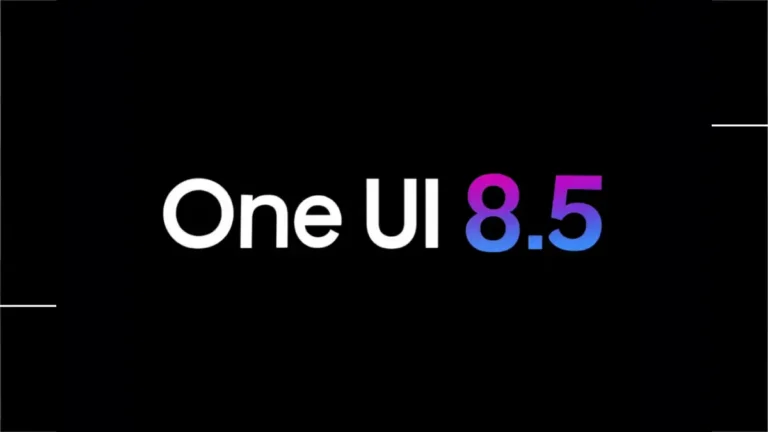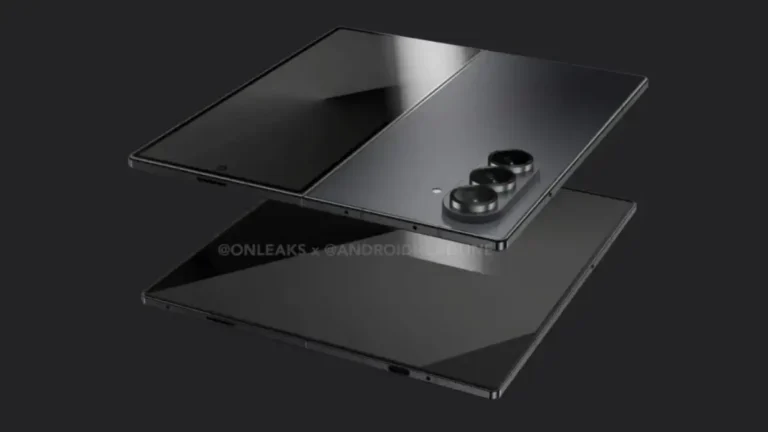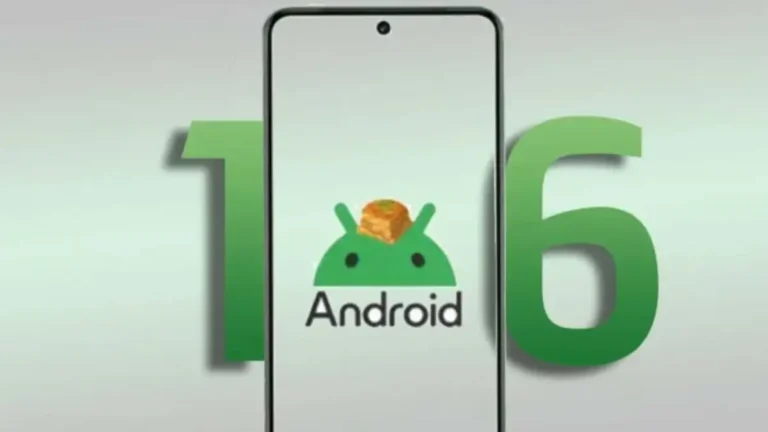
EU Introduces Battery Life Labels for Smartphones and Tablets from June 2025
EU to Introduce Battery Life Labels for Smartphones and Tablets Starting June 2025
In a major step towards transparency, the European Union will require battery life labels for smartphones and tablets sold from June 20, 2025. This initiative is part of the EU’s broader ecodesign directive, aiming to help consumers make smarter, eco-friendly tech purchases while pushing manufacturers to improve product standards.
What Devices Will Be Affected?
The new regulation covers:
- Smartphones (cellular or satellite-enabled)
- Cordless landline phones
- Feature phones (without internet or apps)
- Tablets with screen sizes between 7 and 17.4 inches
Devices with flexible, unrollable displays and products already sold in the EU before June 20, 2025, are exempt.
What Will the New Label Show?
The energy efficiency label for smartphones and tablets—similar to those seen on home appliances—will provide seven pieces of essential information about the device:
- Battery endurance
- Repairability score
- Durability (drop, dust, and water resistance)
- Energy consumption
- Battery longevity (800 charge cycles with 80% capacity)
- Software update duration (minimum 5 years)
- Access to firmware for professional repairers
This smartphone energy label will be placed inside the product box, making it easy for users to assess a device’s long-term value before use.

Who Ensures the Data is Accurate?
Manufacturers, importers, and authorized EU distributors must register product models with the European Product Registry for Energy Labelling (EPREL). The European Commission will audit key claims, including battery performance, repairability, and environmental resistance.
To ensure consistency, the Commission collaborates with industry experts, including SmartViser—a company that has developed trusted testing solutions for manufacturers, supported by experience from platforms like GSMArena.
What This Means for Consumers
For EU residents, this move means better clarity when buying a phone or tablet. The tablet battery efficiency rating and other details will empower buyers to prioritize durable and repairable products. Households could save up to €150 annually through more energy-efficient choices.
Globally, the regulation could push manufacturers to adopt universal standards rather than create region-specific models. This means consumers worldwide may benefit from longer software support and more sustainable tech.
EU’s Long-Term Vision
This initiative is part of the EU’s ambitious energy-efficiency campaign, projected to cut 46 million tonnes of CO₂ by 2030. It reflects a growing demand for sustainable technology and responsible manufacturing.
As brands align with EU rules, the benefits—more durable phones, longer battery life, and easier repairs—could extend far beyond Europe.


